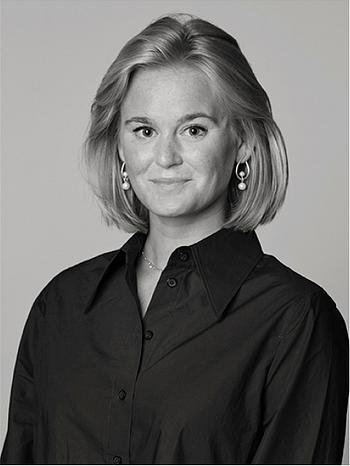Serge Poliakoff
Untitled.
Signed Serge Poliakoff. Executed in the 1950s. Gouache on paper, sheet size 48.8 x 63 cm. The work has been presented to Thaddée Poliakoff and will be included in the forthcoming Catalogue Raisonné Vol 6.
Täydennyslista
The work will be included in the forthcoming Catalogue Raisonné Vol 6.
Muut tiedot
Serge Poliakoff is one of the foremost representatives of the development of abstract painting. Born in Moscow in 1900, he began studying at the Moscow Academy of Fine Arts at a young age, but fled his homeland in 1917 during the Russian Revolution. For a few turbulent years he traveled through Eastern Europe, supporting himself by performing in cabarets and as a musician, Poliakoff was a talented guitarist. He finally reached Paris in 1923, studying at both the Académie Frochot and the Académie de la Grande Chaumière in 1929, followed by further training at the Slade School of Fine Art in London in 1935.
After returning to Paris, Poliakoff came into contact with great artists such as Wassily Kandinsky, Sonia and Robert Delaunay and Otto Freundlich, and later also with Victor Vasarely, Jean Deyrolle and Jean Dewasne. Poliakoff now joined the new abstract painting movement. His work is characterized by a surface quality with geometric and linear forms, but above all it emphasizes the contrasts between different color fields.
Poliakoff would soon become one of the most important representatives of the so-called École de Paris. His work was regularly shown at the Salon des Indépendants between 1938 and 1945, and he was subsequently one of the most prominent exhibitors at the Salon des Réalités Nouvelles. In the post-war period, Poliakoff consolidated and positioned himself as one of the most important artists of his generation for the French school.
In the years immediately after the war, Poliakoff strikingly darkened his palette, painting in muted, diffuse ochre and earth tones in a conscious effort to counteract the overly decorative effect of his abstract structures. These, possibly with occasional more colorful elements interspersed, characterized his painting until the mid-1960s.
In the early 1950s, strongly inspired by Malevich's work, Poliakoff's painting developed further and he emphasized even more the surface of the paint itself and the sensual effect of the pigment. Poliakoff was driven by a desire to emphasize the material rather than the form. The earlier sharp and pointed forms and the play of contrasts were replaced by his characteristic blocks or large shapes, which, like softly tinted textures with brittle boundaries, cling to each other in harmonious compositions. To get just the right shade, Poliakoff mixed his pigments himself to achieve the visual balance he sought in his compositions.




















































